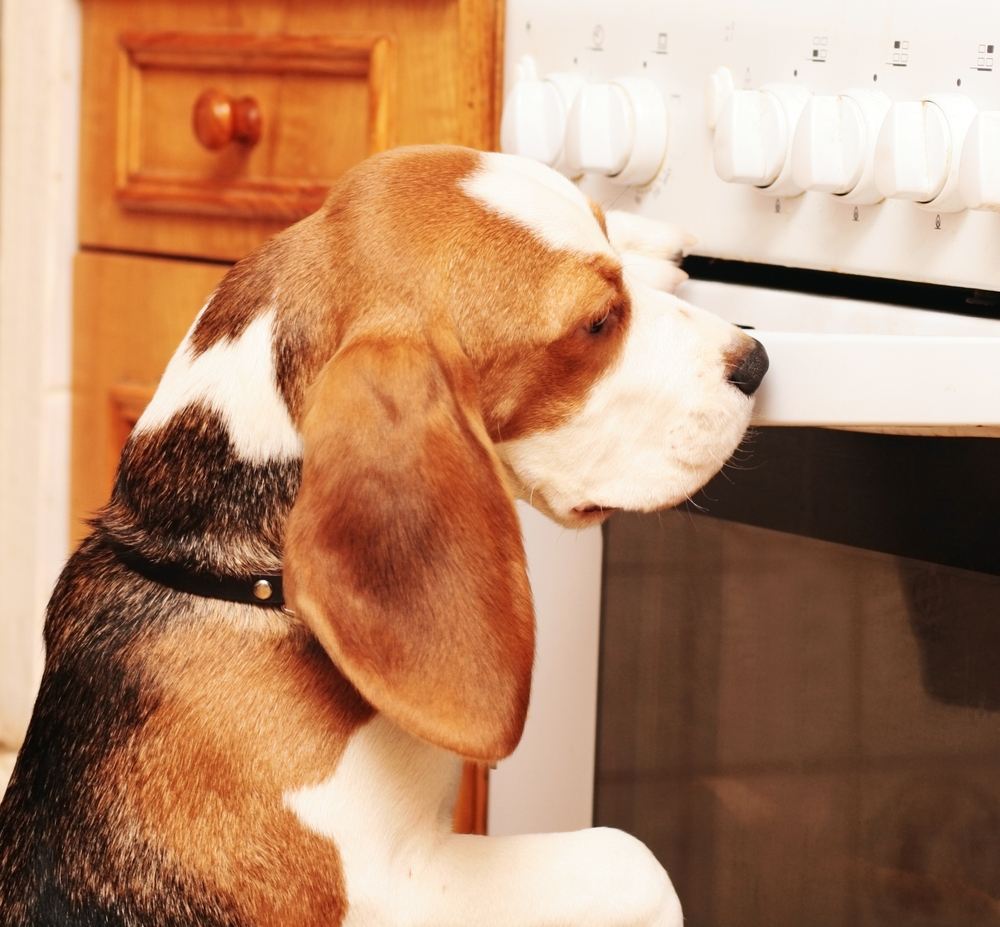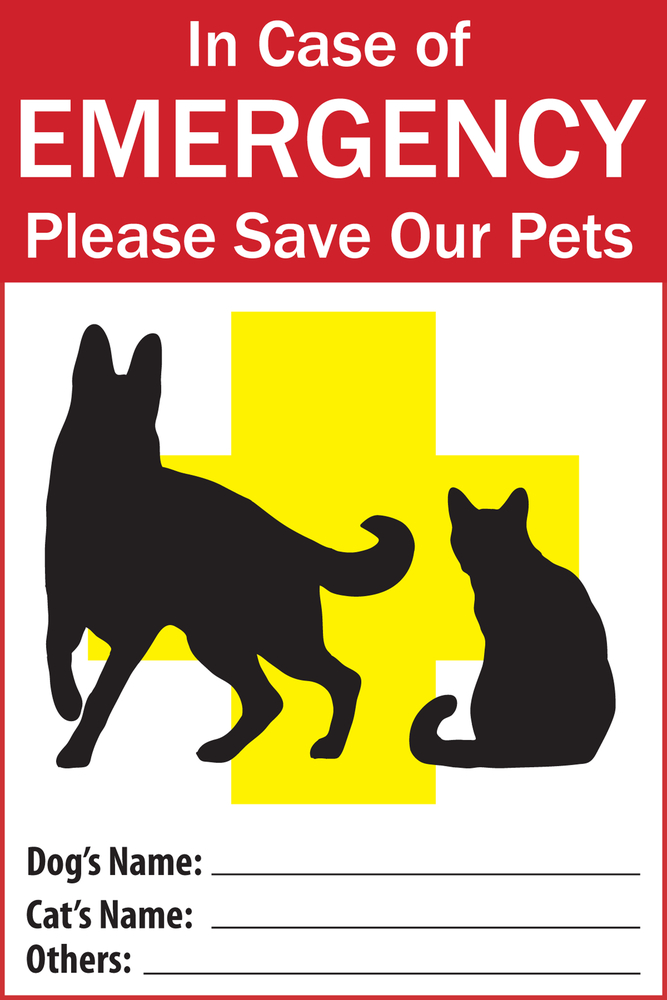Long Islanders are crazy about their pets. Whether we’re bringing Rover to doggie day care or pampering Fluffy with the world’s largest kitty condo, there’s no doubt that pet-owners love to spoil their four-legged and feathered family members. And while most pet parents take great care to ensure the health and wellness of their pets, one aspect of pet ownership that can sometimes get overlooked is pet fire safety.
The National Fire Protection Association estimates that approximately 500,000 pets are affected by house fires every year and that 1,000 fires annually are actually caused by pets. To stress the importance of pet fire safety, the American Kennel Club in partnership with ADT Security established July 15 as National Pet Fire Safety Day.
In honor of National Pet Fire Safety Day, here are some important tips from the American Red Cross, the American Kennel Club and ADT Security that can help you and your pets stay out of danger.
- Include pets in your fire escape plan. Your family should have a fire escape plan and a designated outside meeting place where everyone should gather after they get out of the house. When you have your fire escape drills, include your pets. Train your pets to come when you call their names and take them to your family’s meeting location.
- Keep a leash by the door. If you have a dog, keep a leash by the door so you can quickly secure your pet in case you need to escape quickly. An easily accessible leash will also help a firefighter secure your dog if you were unable to leave with your pet.

- Put out open flames. Before leaving your home, extinguish candles and other open flames that could attract curious noses and paws. Use flameless candles whenever possible – especially if you have cats. Their tails can easily catch on fire if they brush by a candle flame.

- Watch your stove knobs. Did you know that according to the National Fire Protection Association, the stove or cook top is the piece of equipment most involved with pet-started fires? They recommend removing the knobs or using knob covers if you leave your home.
- Have a place for your pets to stay. While you can’t predict an emergency, you can plan in advance for one. Arrange a safe place, such as a friend’s home, for your pets to stay in the event you need to evacuate your home and can’t take your pets to your new location.

- Place a pet alert cling on your windows. If you are unable to escape with your pets, these clings let emergency responders know how many pets you have and what kind. This can save them critical time.
A little preparation now can prevent a tragedy later.













